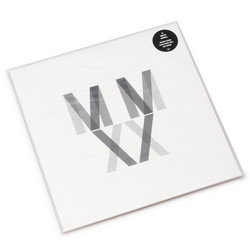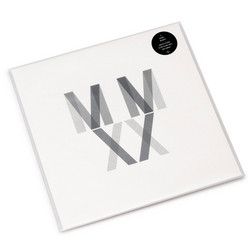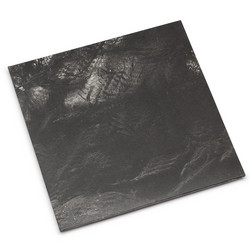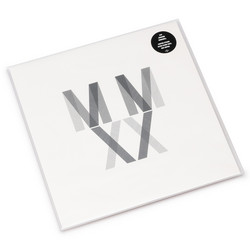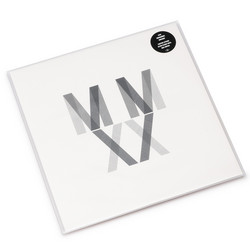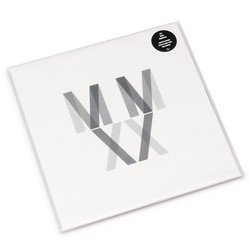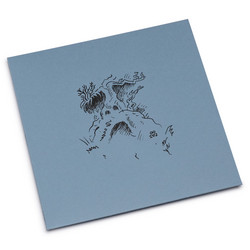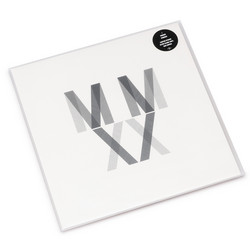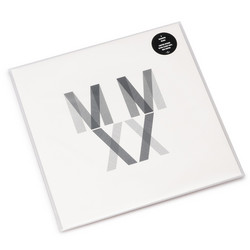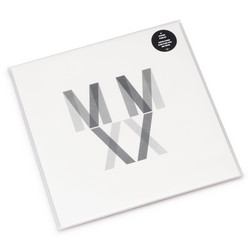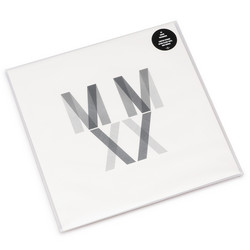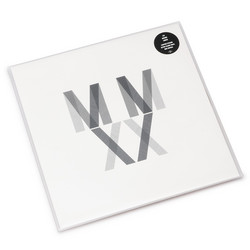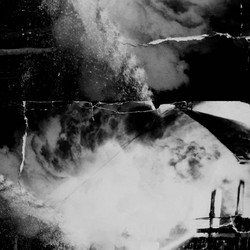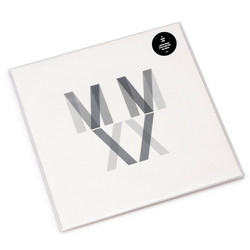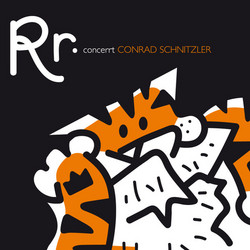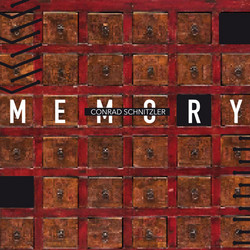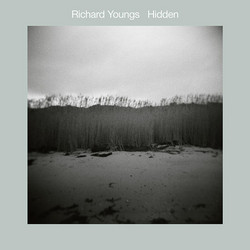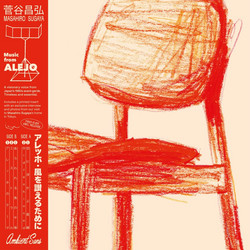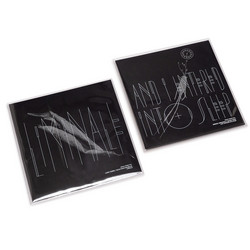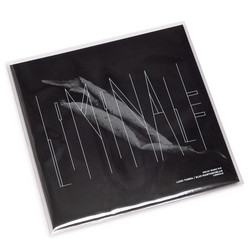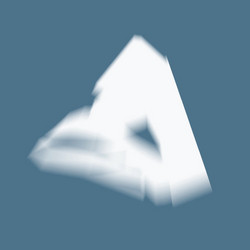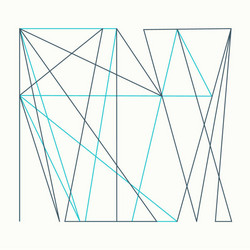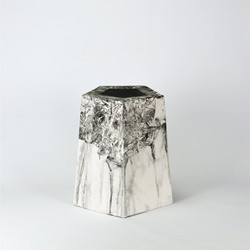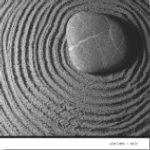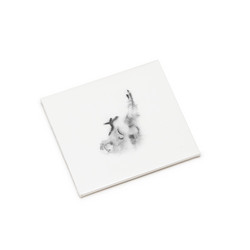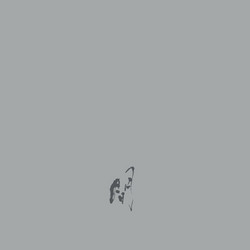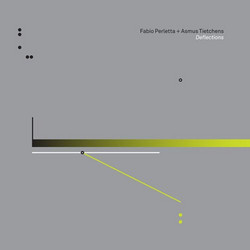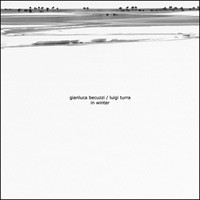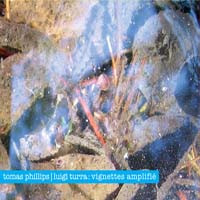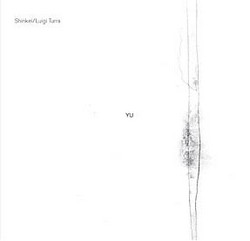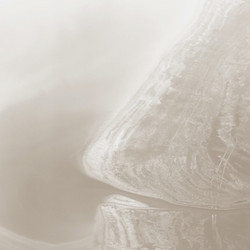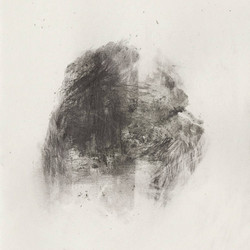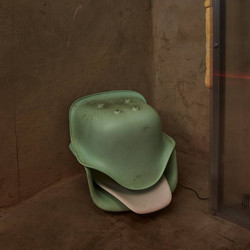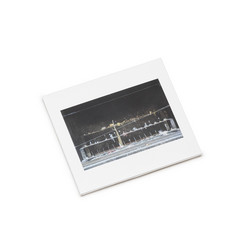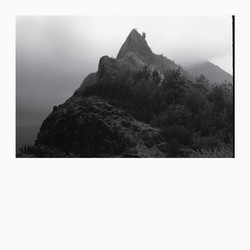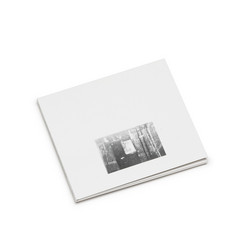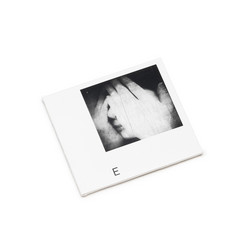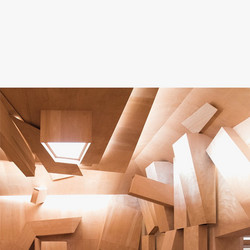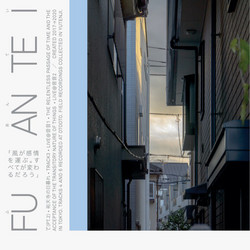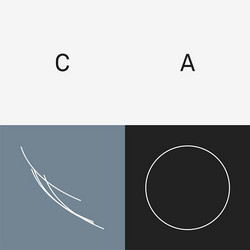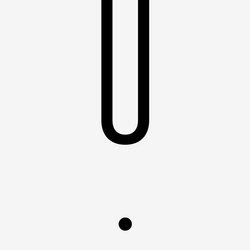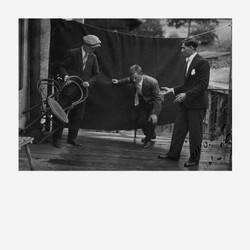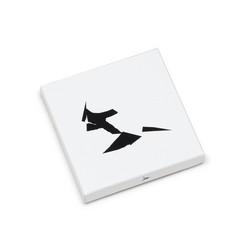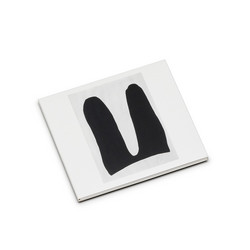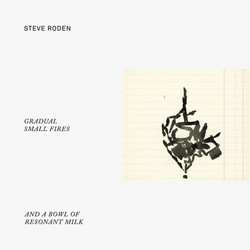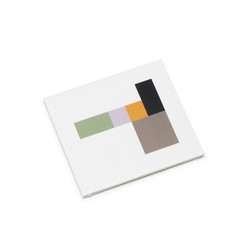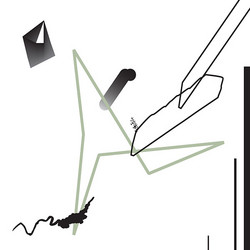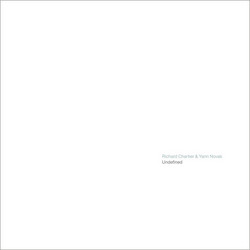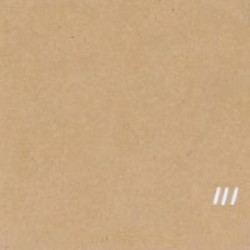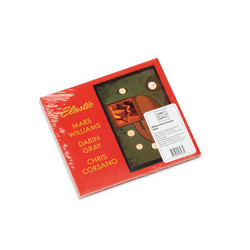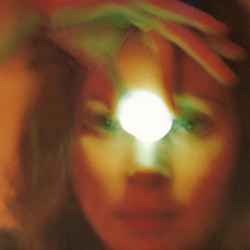Fabio Perletta and Luigi Turra’s "Ma" marks their first collaboration. The project began with Turra inviting Perletta to re-work his piece "Texture.Vitra" (Koyuki, 2008), a sound study featuring recordings collected at various architectural spaces designed by Japanese architect Tadao Ando. The resulting three pieces were crafted in an attempt to perform an active dialogue between Tadao Ando’s aesthetic principles and sonic practice. The album unfolds as a temporal, environmental experience of a non-existent space. The kanji 間 (Ma) represents a crucial concept in various Japanese practices including music and architecture, referring to notions of space and time (between things), distance, pause, interruption, and relationship. Its meaning is wide and changes depending on the context: it can be the temporal element between two notes for a musician, the concept of void and the perception of architectural space between the inside and outside.
The interweaving of these notions forges a “sense of place”, expressed by playing with the interrelationship of sonic elements, and sets up parallel dualities between object/space and time/space. A sound source—as sound itself—is the extent of time and runs through a space, which seems to be often empty and silent. The apparent stillness of the space is interrupted by several sound events, which resonate with materials and surfaces thus interacting with the architecture. " Ma" makes the immaterial act a central element, allowing sounds to dwell within it, assuming various forms. Sounds of wood, rocks, pebbles, and cement coexist with silence, which permeates our inner dimension at a subjective level. This alternation defines a new listening space, inviting the listener to experience time in a non-linear way, giving plenty of room for reflection, memory, contemplation, and a sense of waiting.
Nevertheless, the aim of the work is not to document the sound of architecture, but rather to suggest a space within the space, the rediscovery of one's inner time within an outer time. Turra and Perletta focus on the raw beauty of accidental sounds, such as “a wall that violently breaks a space” (Ando). "Ma"'s sounds celebrate the austerity of Ando's geometric shapes, concrete elements, and the striking light effects of architectural details. Perletta and Turra emphasise emptiness, fragility, simplicity in a changing interplay between presence and absence, tactility, and immateriality revealing new (auditory) dimensions.
